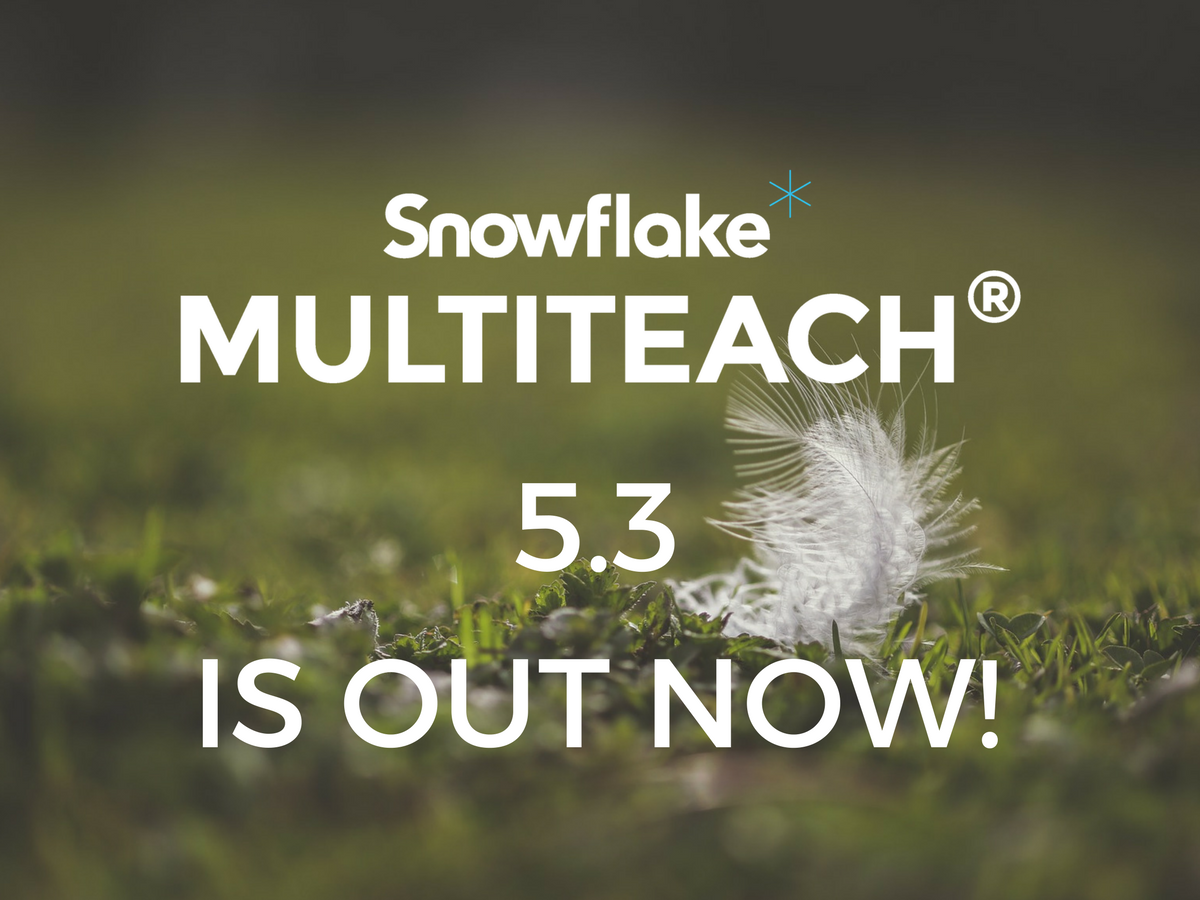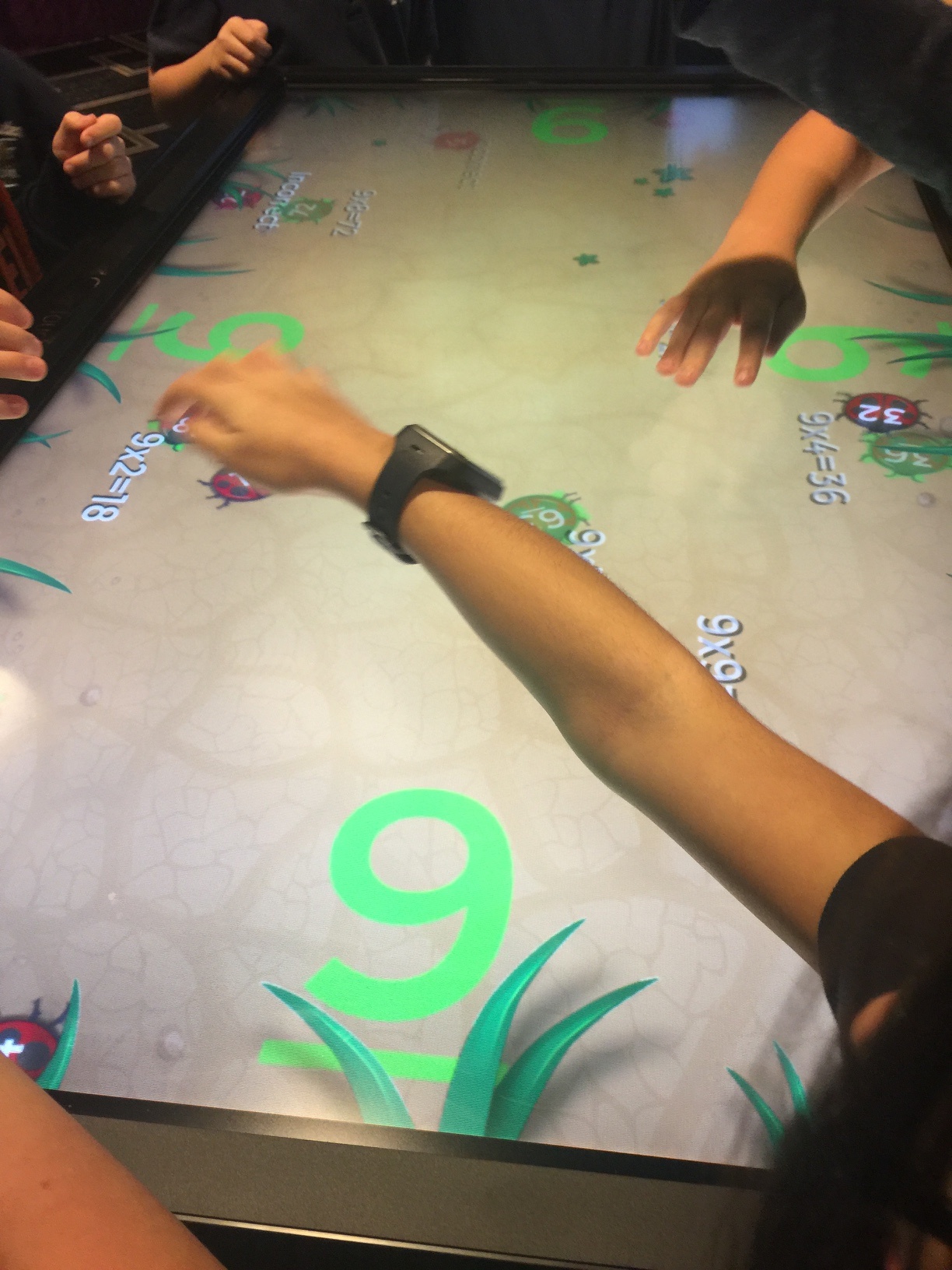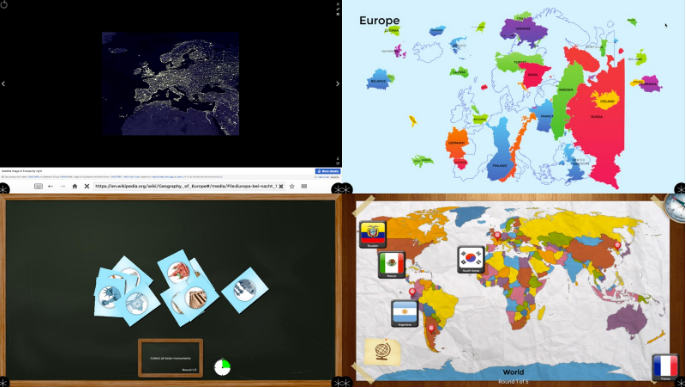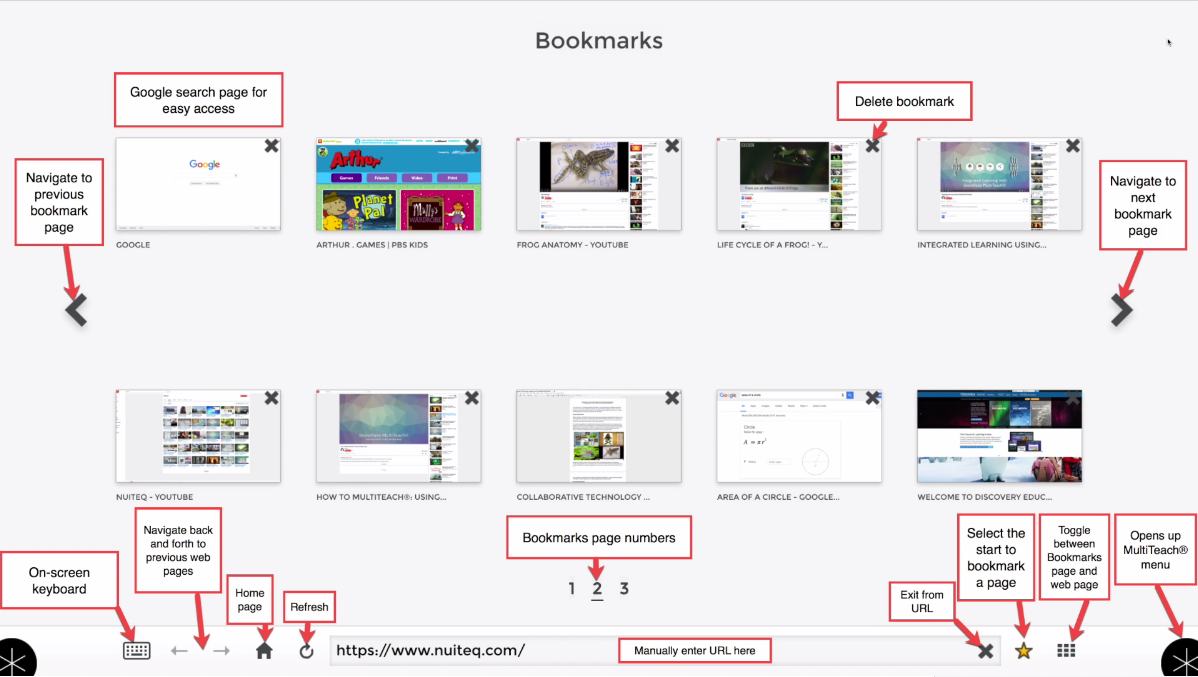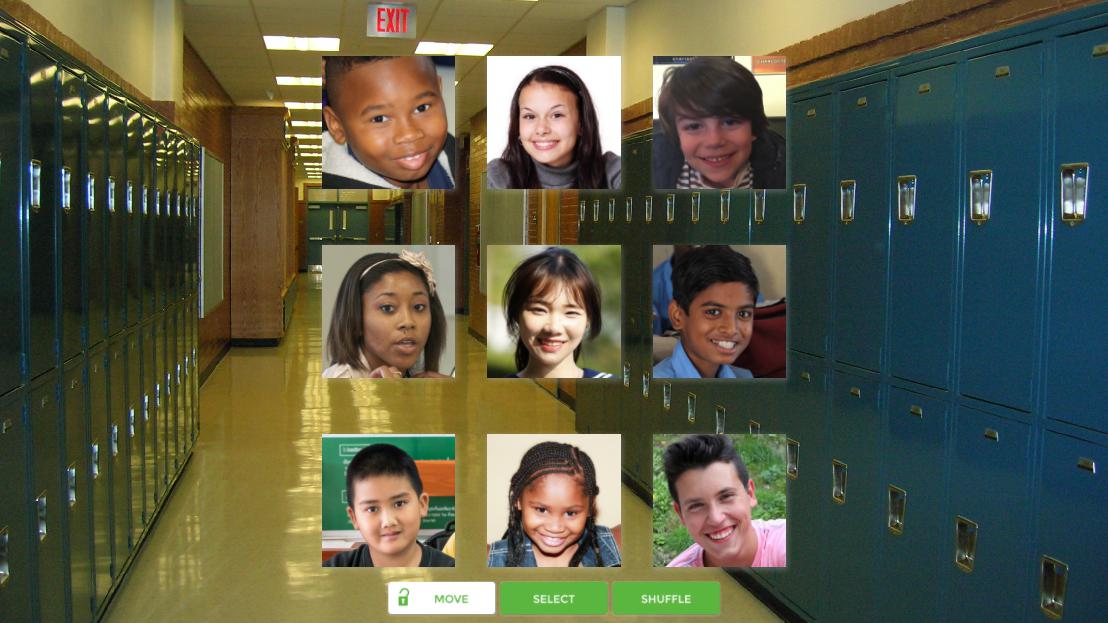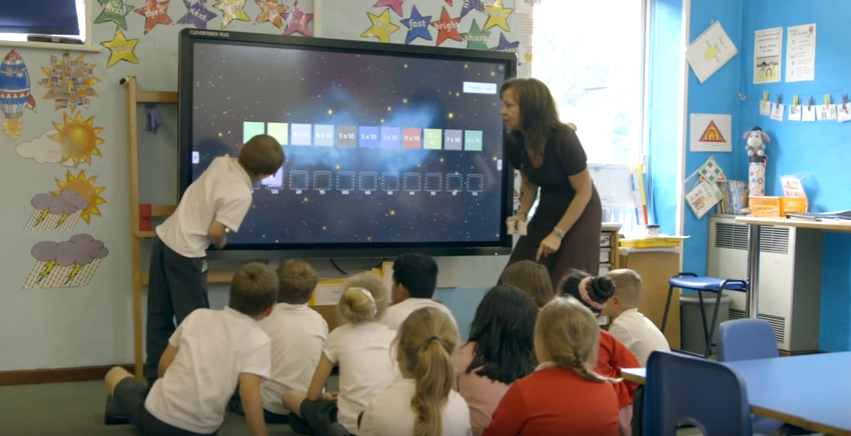Lynn Marentette, M.A., Sp.A.
K-12 Technology Specialist at NUITEQ®
In today’s classrooms, teachers are challenged to reach and engage a diverse range of learners. Teachers can transform challenges into opportunities by using technology to follow the guidelines of Universal Design for Learning (UDL), a framework that puts the learner at the center of the curriculum, and at the same time, incorporates differentiated instructional practices as they work with their students. In doing so, students are provided meaningful learning activities that will assist their academic progress over the course of the school year -- and beyond.

How can teachers reach and engage all learners?
The first step is to think about ways you can incorporate the principles of Universal Design for Learning (UDL) and differentiated instruction into your lesson plans and teaching-learning strategies. Keep what you know that works, and keep an open mind. This takes a bit of front-end planning, but is worth the effort, especially if you collaborate with your colleagues.
Three over-arching principles of Universal Design for Learning (UDL) are as follows:- For purposeful, motivated learners, stimulate interest and motivation for learning.
- For resourceful, knowledgeable learners, present information and content in different ways.
- For strategic, goal-directed learners, differentiate the ways that students can express what they know.
-CAST/Center for Universal Design for Learning
As defined by the Association for Supervision and Curriculum Development (ASCD):
“Differentiated instruction begins with identifying the learning styles and preferences of the students. Formative assessments are used to determine prior knowledge retention. Teachers use the students’ learning styles, learning preferences and the formative assessment feedback to select instructional strategies and learning activities best suited to engage students and encourage learning. Some students may need additional supports to be successful, and some students may need additional enrichment to move beyond the learning standards.”
How can Snowflake MultiTeach® help teachers plan for UDL and differentiated instruction?
If you have Snowflake MultiTeach®, a collaborative software for touchscreens in classrooms, you will have many of the tools you need to differentiate instruction and follow the principles of UDL. One example is the Nodes app, a concept mapping and presentation software included in the MultiTeach® suite of applications. Although it is useful for student projects, it is also is a great tool for teachers, especially when it comes to looking at student information and planning UDL aligned lessons and differentiated instructional activities.
In the following example, nodes were created for each student, with sub-nodes assigned for different categories of information. It can help you organize and explore information about your students, which can inform your lesson planning process.
Within each node, you can import documents such as report cards and transcripts, standardized test data, rubric-based performance data, and digitized student work samples. Intervention plans and IEPs can be kept in the portfolio as well and used to guide instructional plans.
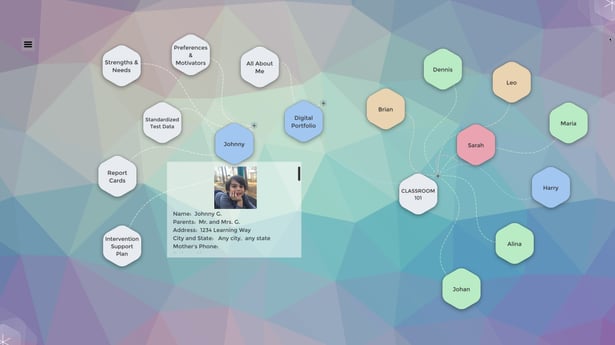 Snowflake MultiTeach® Nodes App: Student Information/Portfolio
Snowflake MultiTeach® Nodes App: Student Information/Portfolio
You can add more information about each student over time. For example, you can include student-created digital content that features each student’s strengths, learning preferences, learning needs, interests, talents, and motivators.
Students can create their own nodes projects, individually, in pairs, or small groups, to create “All-About-Me” portfolios that can be copied and incorporated into your Student Information/Portfolio project. With modification, these portfolios can be suitable for middle and high school students and can provide teachers with insights that they otherwise would not obtain through day-to-day classroom exchanges. Over the course of the semester or school year, students can revisit their All-About-Me portfolios as they reflect on their learning, set goals, and learn more about themselves.
What are some ways that Snowflake MultiTeach® can support UDL principles and differentiated instruction?
Many teachers differentiate instruction by planning longer-term themed-based instructional units. Learners are provided with choices regarding the way information is explored and how their achievement is assessed. Students are also given different ways to demonstrate what they’ve learned. Some might work on a presentation project, others, a video, and others, a written essay.
Learning Centers
An easy way to reach and engage learners, and at the same time differentiate instruction, is to provide learning center spaces in the classroom where students can work independently, in pairs, or small groups. Learning centers are ideal for incorporating strategies such as peer-assisted learning, especially when the students are provided with a choice of activities. The centers can provide students with hands-on activities, blended with digital supports. Learning centers also provide teachers with a way to incorporate enrichment activities to extend learning. This is especially useful when a few students have finished their work ahead of time.
If the learning center includes a multi-touch screen computer or display running Snowflake MultiTeach®, teachers can provide a range of lessons of various types, based on the instructional theme of the center, at various levels of complexity. Lesson apps, as well as Nodes projects and content embedded in Presenter can support multi-modal learning and address visual, auditory, and kinesthetic learning preferences.
Tiered Assignments
Most schools follow a tiered approach to intervention and support for learners. Within the UDL framework, assignments can be differentiated for students working towards the same learning goals, and adapted for different abilities and learning preferences. To work well, the assignments must be interesting, incorporate active learning, and encapsulate key concepts and related skills.
Thematic instructional units are well suited for this method of differentiated instruction. Learning tasks can be planned for different levels of challenge, complexity, and learning modalities. Additionally, learning assignments can provide students with a choice of ways to demonstrate what they’ve learned and can do by the end of the unit.
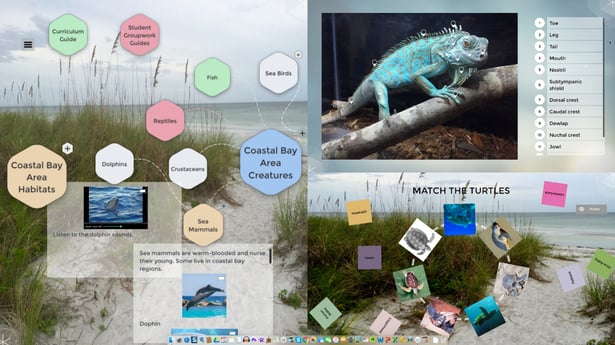
In the above screen-shot, a Nodes project is featured on the left side of the display, where students can access and explore content in multiple ways. Directions for a variety of tiered assignments can be embedded in a PDF format in Node designated as a student guide, in the MultiTeach® Node app, or in Presenter. Evaluation rubrics can accompany the assignments, supporting student self-assessment as well as teacher assessment.
The above example shows the Tag and Drop lesson types on the right side of the screen, just two of many different lesson app types. Using the Lesson App home screen in Snowflake MultiTeach®, teachers (and students) can create customized, high-interest learning games. One example is the Quiz app. It is a good way for students to check their understanding of concepts. The Quiz app format can also be used to support academic fluency and information recall in a way that is more engaging than rote memorization.
Because MultiTeach® supports flexibility for scaffolding learning experiences and supports the import of digital content, teachers can use many of their existing resources to create differentiated learning experiences. Teachers can scaffold the learning activities by providing links to resources, or embed educational resources such as video clips and PDFs within the project. They can also provide students with partially completed examples to complete.
Tiered assignments can be incorporated into group activities, even for groups of students who have a wide range different abilities and skills. For example, the Zones feature in Snowflake MultiTeach® allows groups of students to work on related activities, all at the same time. They can also work together, each taking a different role, on a Nodes-based presentation project.
In summary, teachers are challenged to reach and engage learners who come to the classroom with a wide range of abilities and academic skills, varying levels of motivation, and learning preferences. In today’s 21st century classrooms, Snowflake MultiTeach® can support teachers as they implement instructional strategies designed to meet the needs of all learners.
Below are some references and resources for educators interested in learning more about Universal Design for Learning and differentiated instruction.
REFERENCES AND RESOURCES
Universal Design for Learning Guidelines
National Center on Universal Design for Learning, 11/12/2014
Differentiated Instruction Resources
Association for Supervision and Curriculum Development (ASCD)
Infographic: Differentiated Instruction is Not
Edutopia’s Differentiated Instruction Resources
Teachers at Work: Designing Tiered Assignments/Lessons
Marcia B. Imbeau, Ph.D.
Reaching every learner: Differentiating instruction in theory and practice (text and video)
Learn N.C.

 3-in-1 Mic
3-in-1 Mic
